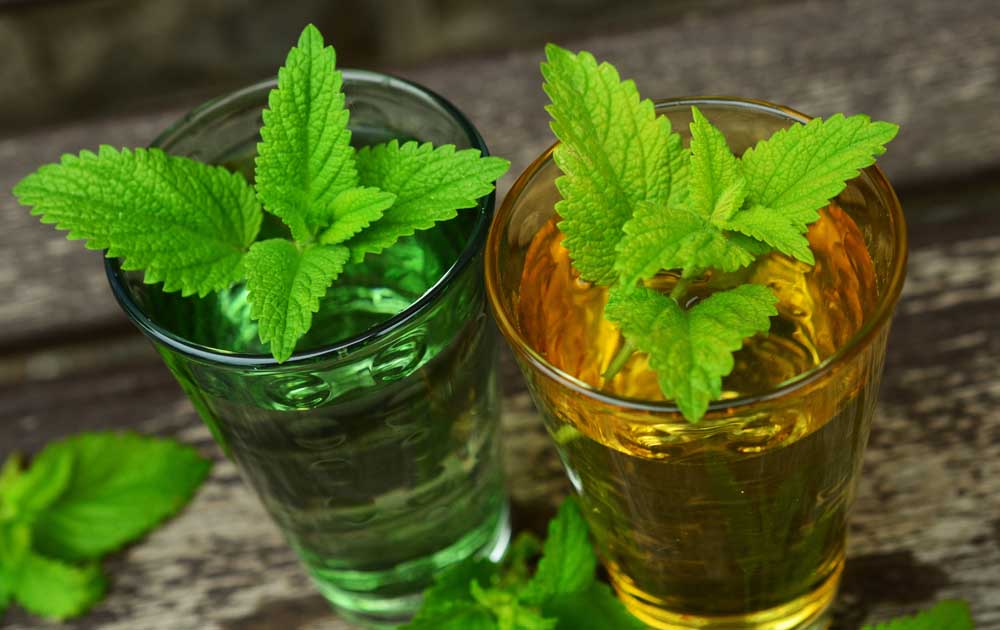Grow your own mint and then count the many uses you find for it
Published 6:00 am Friday, May 1, 2020

- Enjoy the many uses of mint.
About the time robins appear each spring, I trek to my little backyard garden to check my mint plants. The little leaves in rich shades of green popping out of the clay pots always bring me joy.
Mint is easy to grow. My menagerie of mint plants add flair to a corner near a garden shed. A few mint clippings I keep in a small vase near my kitchen window create a pleasing aroma until I use them to flavor a cup of tea.
Trending
Mint is sometimes too easy to grow and will take over a garden, which is why planting I plant them it pots. Mint makes great ground cover.
If growing mint plants is not on option, you can find mint oil in most organic food stores. The oil from mint leaves can be stored for months.
Gardeners often use mint to manage insects. In a garden, mint attracts beneficial insects and repels bad ones. The small flowers produced by mint are rich in nectar and attract bees, hoverflies and sometimes butterflies. Pennroyal mint deters ants and flies.
You can spray peppermint oil in a mix of 10 parts water to one part oil around doorways or a picnic table to repel pests.
Make a homemade flea deterrent by gathering a ratio of two parts fresh spearmint, to one part fresh thyme and one part fresh wormwood. Tuck the bundles in a pillow or cloth bag and place it near your pet’s bed.
Spearmint, the most popular variety of mint, is low in saturated fat and cholesterol. According to the Self Nutrition Data website, a two-tablespoon serving of spearmint is a source of protein, thiamine, niacin, vitamin B6, phosphorus, zinc, fiber, vitamins A and C, riboflavin, folate, calcium, iron, magnesium, potassium, copper and manganese.
Trending
Add fresh mint to peas, green beans, carrots or cauliflower during the last two minutes of cooking for an interesting flavor boost. The practice of adding mint to peas began generations ago in England. As one of the first plants to appear each spring, mint was available to improve the taste of peas that were cooked after being stored all winter.
For a very special cookie, mix 2 tablespoons of finely chopped fresh mint leaves into chocolate chip cookie dough and bake as usual. The oil in the mint will add flavor. For a St Patrick’s Day treat with green specs, add larger pieces of fresh mint in the dough of sugar cookies.
Add mint leaves to a fruit or garden salad for a unique fresh taste. A few leaves added to a hot cup of tea is my favorite use of mint. For a nice iced beverage, add sprigs of fresh mint to a pitcher of water or premade tea. Let it sit for 30 minutes or more, and serve over ice.
Fresh mint even complements cocktails such as juleps or mojitos.
Mint does a great job to freshen our breath. Simply clip and chew. No wonder mint oil is a popular ingredient in chewing gum and toothpaste.
Add mint leaves to the water of a hot bath and you will find that the aroma of mint combined with softer skin due to the oil in the leaves will quickly diminish the stress of a day.
Ann Bush is an East Texas freelance writer who loves gardening and adventure.







